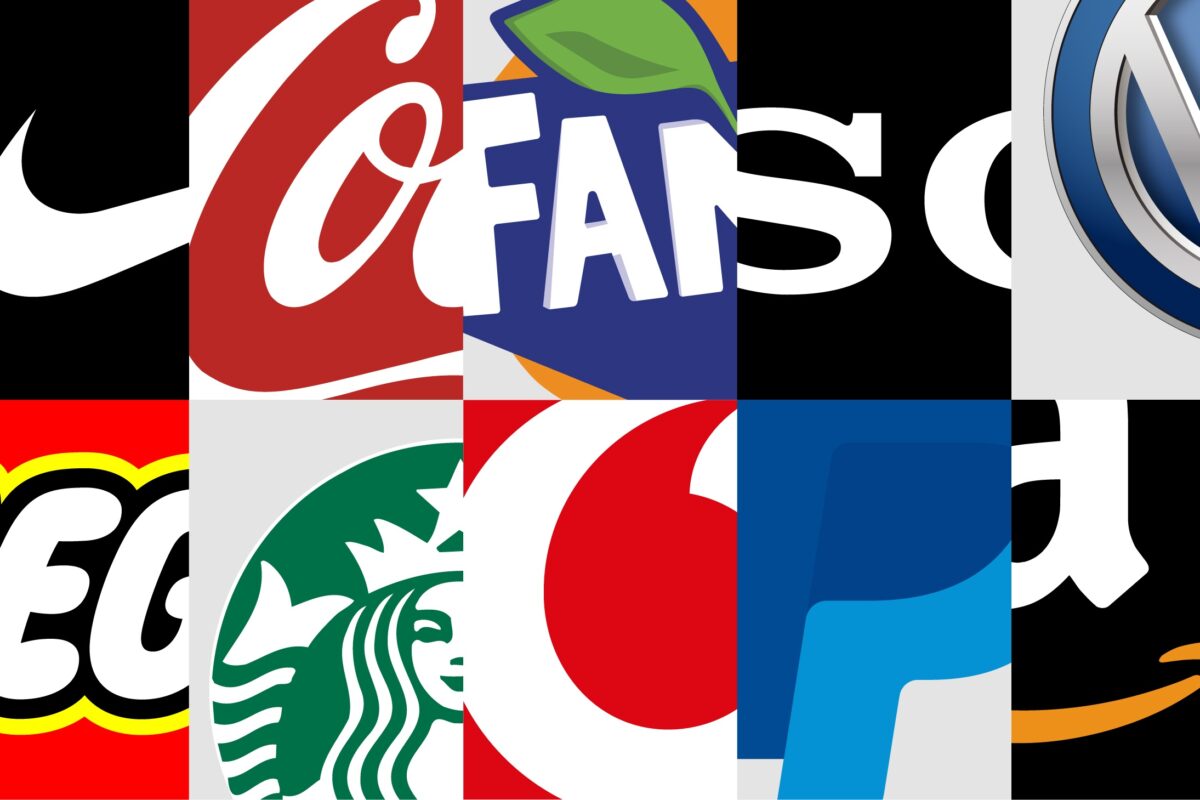Brand naming is extremely important. Many of you are probably working with brands that already have been named, but in case you are not, here are a few pointers on naming brands:
•People only refer to a person or product using one, or at the most, two names. For instance a car is either a Taurus or a Ford Taurus. People say, “I drive a Honda” or “I drive a Honda Accord.” Few say, “I drive a Honda Accord EX.” People occasionally can remember three levels of names – but rarely more.
Saturn is simple. Chrysler New Yorker Fifth Avenue and Oldsmobile Cutlas Sierra are less easy to remember (and can anyone remember what company makes these cars?) How is a Chrysler New Yorker Fifth Avenue different from a Chrysler New Yorker Salon? How is an Oldsmobile Cutlas Sierra different from an Oldsmobile Cutlas Supreme or how are both of them different from an Oldsmobile Toronado or an Oldsmobile 88 Royal? It gets very confusing very quickly.
•Products that run into trouble are those that have multiple levels of names. For instance, Hallmark co-produced social expression software with Microsoft. Greetings Workshop was from Microsoft and Hallmark Connections (in some cases, this was a sub-set of another suite of products from Microsoft with additional names). What did the consumer remember? What did they ask for? Did each consumer use the same name? It might have been easier to call it “Hallmark Greetings Workshop (brought to you by Microsoft)” or “Microsoft Greetings Workshop (featuring Hallmark cards).”
•Coined names (such as Xerox, Kodak, The Blake Project etc.) are preferred if you have sufficient resources to build their meaning. Coined names are distinct and can be designed to be easy to read, write and pronounce. It is unlikely that any other brand will be confused with yours if yours has a coined name. Because coined names require significant communication over time to build their meaning, they are best reserved for parent brands or other brands that are extremely important to the organization and that will be around for a very long time.
•Many organizations opt for associative descriptive names, which may be partly descriptive and usually allude to a key brand benefit. Examples include Amazon, Sir Speedy, Road Runner, Lean Cuisine, Sprint, Die Hard, Aris Vision Institute. These names tend to work quite well and deliver the added benefit of immediately alluding to the brand’s benefit. If you want to get into a product or business quickly with a name that helps reinforce the product’s or business’ primary benefit, while still maintaining some level of uniqueness, this is the preferred naming option.
•Generic or descriptive names are least desirable. They are not distinctive in consumers’ minds and they can’t be protected legally. Interestingly, many online companies with generic names have gone out of business, like Auctions.com, Buy.com, Computer.com, eToys.com, Food.com, Furniture.com, Garden.com, Mall.com, Mortgage.com, Pets.com, Stamps.com, etc. (Source: The Wall Street Journal as quoted in emarketing magazine’s April 2001 issue, page 52.) (So much for all those once exorbitantly expensive URLs!)
•Generic descriptors are frequently used for sub-brands, when you want most of the credit to go to the parent brand. For instance, at Element K our branding structure featured generic descriptor sub-brands because (a) Element K was a new brand that we needed to build quickly, (b) our resources were too limited to build multiple brands and, most importantly, (c) we were touting a blended solution across all of our products and businesses:
In summary, coined names are used for products and services that are distinctive, that provide sustainable competitive advantages and that will receive substantial marketing support over time. Associative descriptive names are used for important products or services, but primarily those that need to have their meaning built quickly or that will not receive the sustained level of marketing support required of coined names. Generic or descriptive names are reserved for non-mission-critical sub-brands.
The Blake Project Can Help: The Brand Positioning Workshop
Branding Strategy Insider is a service of The Blake Project: A strategic brand consultancy specializing in Brand Research, Brand Strategy, Brand Licensing and Brand Education





4 comments
Robert Price
April 18, 2007 at 9:19 am
So much for informed and accruate reporting. Above you mention several companies as going out of business and refer to a 2001 WSJ article as your source. A little checking and effort on your part would have shown you that Stamps.com is very much alive and doing very well. Stamps.com is a publicly traded company (NASDAQ: STMP)and has been making money for more than two years. According to Stamps’ SEC filings they posted a profit of $16 million for 2006 and $10 million for 2005. If they are out of business, that would be news to Stamps’ shareholders and the investors buying and selling their stock on a daily basis.
Buy.com also is still in business. It is one of the leading retailers on the internet. eToys too, is alive and kicking.
Your reporting does a very serious disservice to these companies and your readers. With these types of blantant errors, which little to no work in checking facts would have revealed, one can only assume that you are either incompetent as a reporter or you are intentionally attempting to harm these companies for some reason. Relying on a 2001 WSJ article doesn’t relieve you of your responsibility to get the facts correct and report in a fair and competent manner.
Derrick Daye
April 18, 2007 at 5:05 pm
Robert,
We appreciate your feedback; it’s helping to bring more clarity to our point. The e-Toys, Buy.com and Stamps.com that went out of business are long gone. New ownership has taken their place (perhaps multiple times). So when we say they went out of business we mean exactly that.
Furthering our thoughts with generic or descriptive names, with a few years of experience behind us, it may be that generic web site addresses might last if the right owner with the right business model and capitalization is found.
Robert, I hope we hear more from you. (I mean that) We welcome meaningful feedback, especially the kind that ‘betters our answers’ and/or elevates the conversation.
Derrick
Robert Price
April 21, 2007 at 5:54 pm
Derrick,
I completely disagree with your response. Why? I was the President and Chief Financial Officer of Buy.com for 5 1/2 years. I held these positions as Buy.com was taken private in 2001, after having gone public in 2000. Changing from a public company to a private company is hardly the same as going out of business. At no time did Buy.com cease operating. It has operated continuously since it was founded in 1997. Buy.com has had revenues of more than $225 million every year since 1998.
In addition, Buy.com has had more than 1 million unique customers each year since 1998. To say Buy.com went out of business, because it had an ownership change, would be news to me, its Founder, employees and customers.
Stamps.com, a company I am also very familiar with, also has never gone out of business. Stamps has been a public company for more than eight years. As such its ownership hasn’t changed. While Stamps lost a considerable of money as it was perfecting its business model and growing to scale, it always had adequate cash reserves to reach its goal of profitability. Which it did.
If a change in ownership is the equivalent of going out of business, as you suggest, then one could say Harrarh’s is going out of business because it is being taken private by a group of investors. I hardly think anyone believes Harrahs is going out of business.
The facts do not support your arguement, and as such I couldn’t disagree with you more.
Derrick Daye
April 22, 2007 at 6:18 pm
Robert,
We are building a deep and credible resource for marketing oriented leaders and professionals. Accuracy is paramount.
Based on your contribution to this post and a closer look at our sources the sentence in question should read ‘Interestingly, many online companies with generic names have struggled like…. and gone out of business like…’ With Buy.com and Stamps.com identified as companies who had struggled as part of our naming example.
Here is another article from 2001 that covered the nature of Buy.com’s challenges:
http://news.com.com/2100-1017-271965.html
My thanks to you for strengthening our content and helping us maintain our credibility.
Best,
Derrick
Comments are closed.